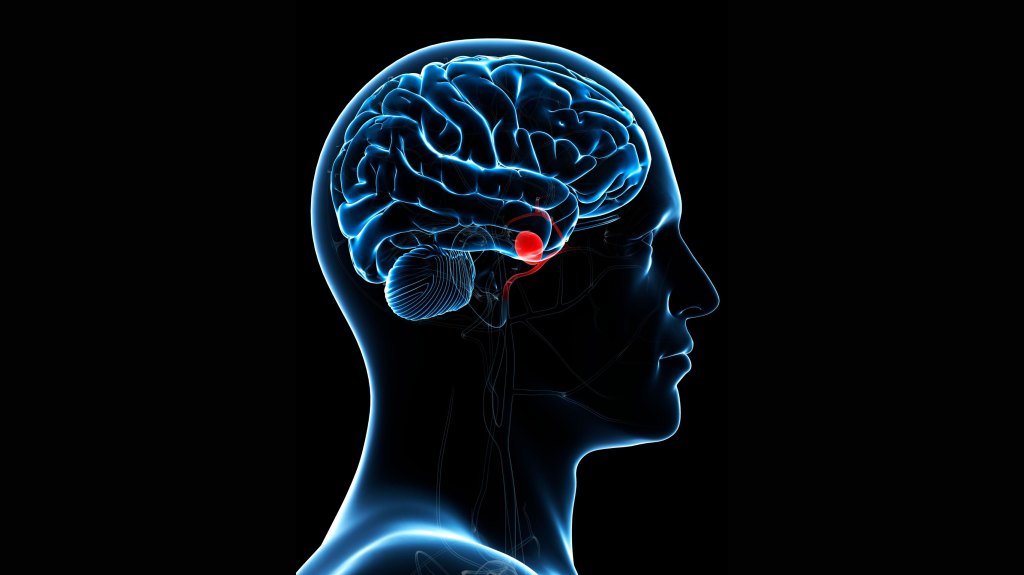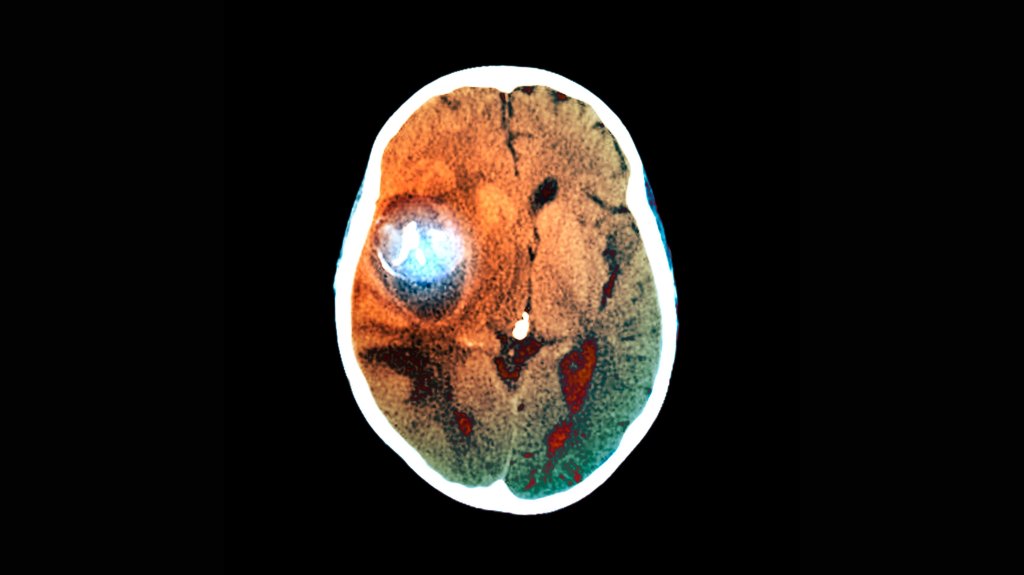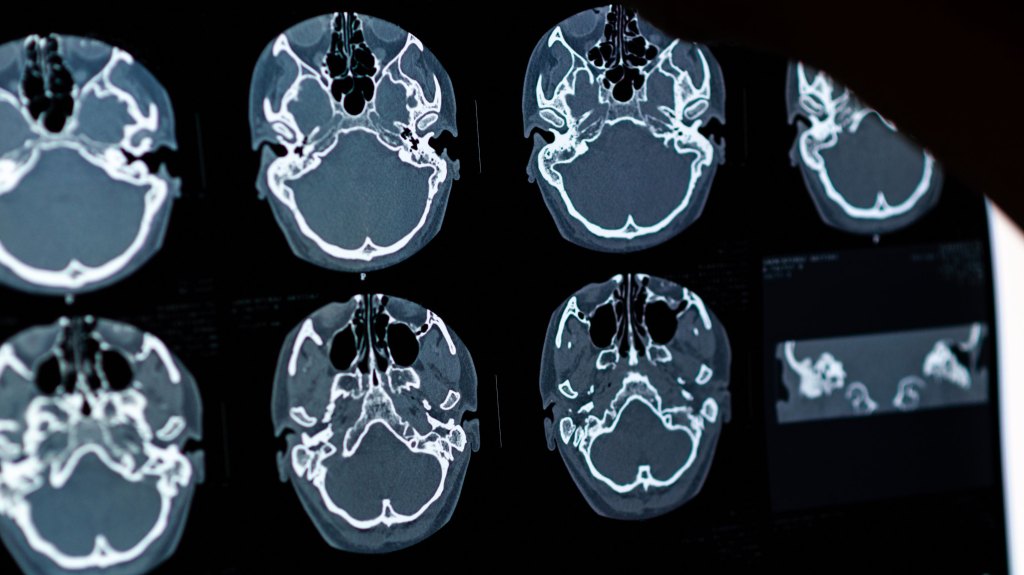Each year, approximately 30,000 people in the U.S. experience a ruptured brain aneurysm. Tragically, one of those individuals was 28-year-old Ana Orsini, a beloved newscaster from Tucson, AZ, who was affected by a sudden ruptured brain aneurysm just last week. Following her death, her home new station posted a series of tributes honoring her life and work. Scroll down to read what coworkers have shared about Orsini’s spirit and to learn more about brain aneurysms.

On Dec. 16, KOLD-TV, a CBS affiliate located in Tucson, AZ, shared that the cause of 28-year-old newscaster Ana Orsini’s unexpected death was a brain aneurysm.
Orsini had served as a co-anchor on 13 News since June 2023.
The 13 News crew honored Orsini’s memory in an article that shared her life story as well as several anecdotes about her kindness.
“Ana’s friends and coworkers remember her as someone with bottomless empathy who always stood up for ‘the little guy’,” the article stated.
Orsini was well known for her dedication to mentorship and often took her newest and youngest coworkers “under her wing,” and valued her role as a strong professional and personal mentor to many.
No details have been released regarding Orsini’s health preceding the brain aneurysm, however, her colleague and fellow anchor Tyler Butler described her death as “so horrible,” and “so sudden,” in a Facebook post.
What is a brain aneurysm?

A brain aneurysm is a bulge or ballooning in a blood vessel in the brain.
Brain aneurysms are especially common in people between the ages of 30 and 60, and affect around 3% of the population.
While intact, this bulge is not serious nor harmful to the person with the aneurysm. However, a ruptured or burst brain aneurysm is life-threatening and may lead to a hemorrhagic stroke.
The possibility of an aneurysm rupturing is rightfully worrying to some, but it is worth noting that 50 to 80% of brain aneurysms do not rupture.
Brain aneurysms are often symptomless and likely discovered accidentally via unrelated health screenings such as CT scans and MRIs.
Symptoms of a ruptured brain aneurysm

Unruptured brain aneurysms rarely cause symptoms, but especially large unruptured aneurysms can cause pupil dilation, double or blurred vision, numbness on one side of the face and/or a drooping eyelid.
A ruptured brain aneurysm on the other hand can cause sudden and severe symptoms such as nausea, vomiting, neck stiffness, seizures, confusion, blurred vision and even a loss of consciousness.
One landmark symptom of a ruptured brain aneurysm is known as a “thunderclap headache.”
Unlike other headaches, the pain of a thunderclap headache is intense at its onset. Some describe the sensation as similar to a sudden hit on the skull.
If you think someone is experiencing symptoms associated with a ruptured brain aneurysm, contact emergency medical services immediately.
Risk factors for brain aneurysms

While the causes of brain aneurysms aren’t fully known, there are several risk factors involved in one’s likelihood of developing a brain aneurysm.
These risk factors include smoking and alcohol consumption, high blood pressure, head trauma and the use of illicit drugs.
Additionally, having a family history of aneurysms increases your likelihood of developing one. The medical advice for those with family members who have experienced or died from a ruptured brain aneurysm is to undergo detection screening every 5 to 10 years.




